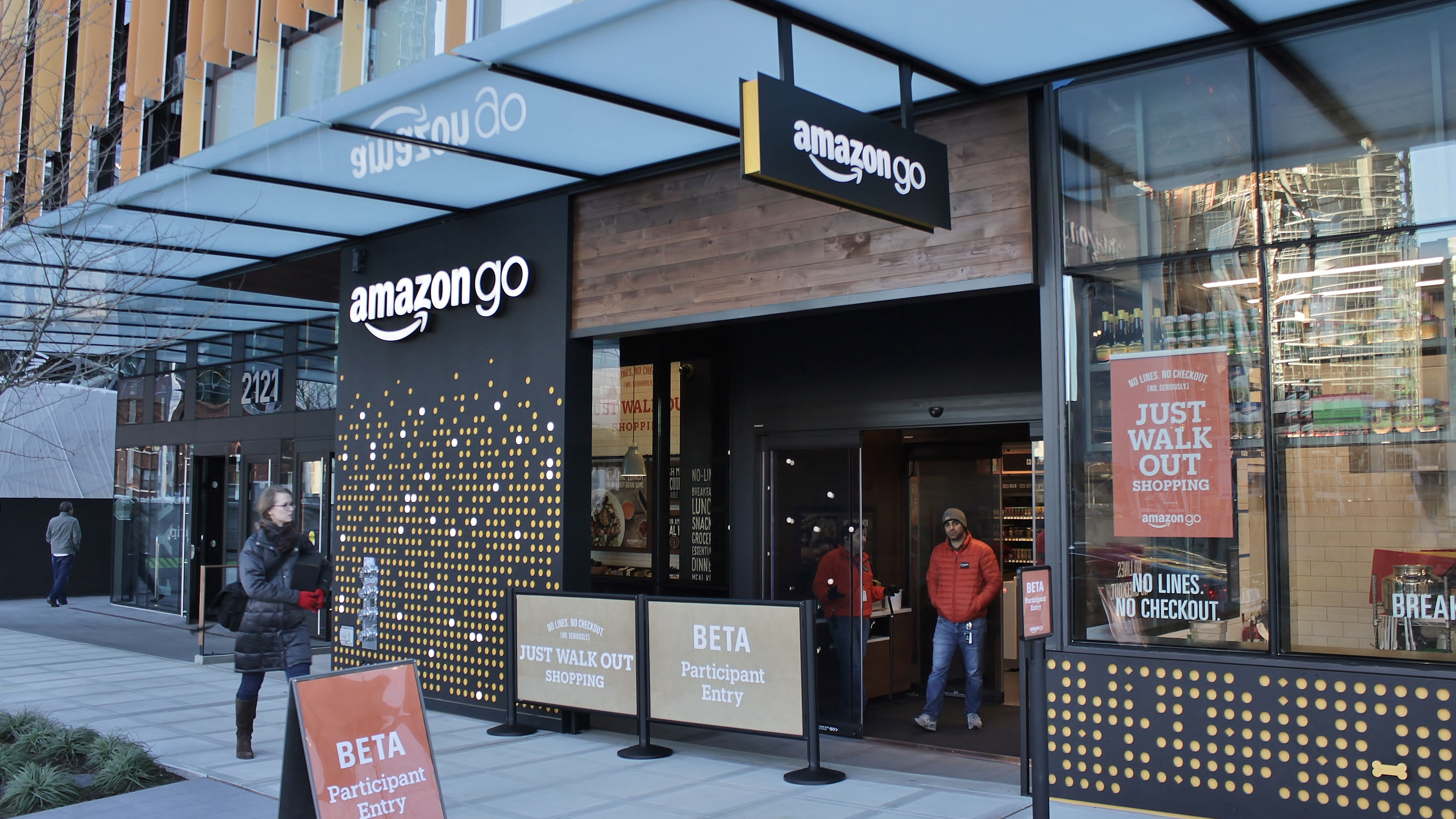Amazon is facing a class-action lawsuit in the US claiming that the company failed to adequately inform shoppers at its physical, cashless Go stores that it collects biometric data.
Per the filing (opens in new tab) (PDF, via Engadget (opens in new tab)), the plaintiff, Alfredo Alberto Rodriguez Perez, argues that palms are scanned, and sensors and deep learning algorithms are used to “measure the shape and size of each customer’s body” in order to identify them, track their movement within a Go store, and monitor their purchases.
The lawsuit follows the passing of a New York law (opens in new tab) in 2021 that requires businesses to clearly state they’re collecting biometric data from their customers.
Amazon’s biometric lawsuit
Whether the lawsuit will bear any fruit depends on whether a judge believes information about the size and shape of a body constitutes biometric data. However, Amazon thinks it has a leg to stand on, thanks to the data only being taken from users who enroll in Amazon One, its palm-driven identity service.
In a statement provided to NBC News (opens in new tab), Amazon also claimed that the technology it uses within its Go locations doesn’t constitute biometric data. Additionally, Amazon One users “are provided the appropriate privacy disclosures during the enrollment process”.
Simply put – the ecommerce giant is catching out users who don’t read, or care for, the terms and conditions for the service. However, in the plaintiff’s favour is the fact that New York City’s definition of a biometric identifier is quite broad.
NYC Admin Code 22-1201 states that a biometric identifier is “a physiological or biological characteristic that is used by or on behalf of a commercial establishment, singly or in combination, to identify, or assist in identifying, an individual, including, but not limited to: (i) a retina or iris scan, (ii) a fingerprint or voiceprint, (iii) a scan of hand or face geometry, or any other identifying characteristic.”
Given all those sensors in its Go stores, it seems, for once, that this is an easy one to call in favor of the plaintiff, although ultimately we won’t know until the case is heard.





